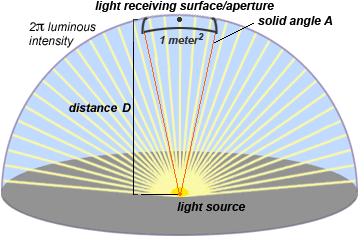

Main Outcomes and Measures Incident dementia (fatal and nonfatal), obtained through linkage with inpatient hospitalization or primary care records or recorded as the underlying or contributory cause of death in death registers. Registry-based dementia was ascertained through October 2021.Įxposures Accelerometer-derived daily step count, incidental steps (less than 40 steps per minute), purposeful steps (40 steps per minute or more), and peak 30-minute cadence (ie, mean steps per minute recorded for the 30 highest, not necessarily consecutive, minutes in a day). A total of 78 430 of 103 684 eligible adults aged 40 to 79 years with valid wrist accelerometer data were included. Objective To examine the dose-response association between daily step count and intensity and incidence of all-cause dementia among adults in the UK.ĭesign, Setting, and Participants UK Biobank prospective population-based cohort study (February 2013 to December 2015) with 6.9 years of follow-up (data analysis conducted May 2022). However, the association of step count and intensity with dementia incidence is unknown. Importance Step-based recommendations may be appropriate for dementia-prevention guidelines. Shared Decision Making and Communication.Scientific Discovery and the Future of Medicine.Health Care Economics, Insurance, Payment.Clinical Implications of Basic Neuroscience.


Intensity of development standards refer to those requirements used to define the relationship between the permitted extent, form and location of development of a lot, to the size, shape and configuration of the lot on which it is situated (e.g., floor area ratio, building coverage, building height, yard setbacks, number of stories). TYPE B HIGH INTENSITY WARNING LIGHTS (D-6-0307) All references in the plans to Type B High Intensity Warning Lights shall be considered void.


 0 kommentar(er)
0 kommentar(er)
